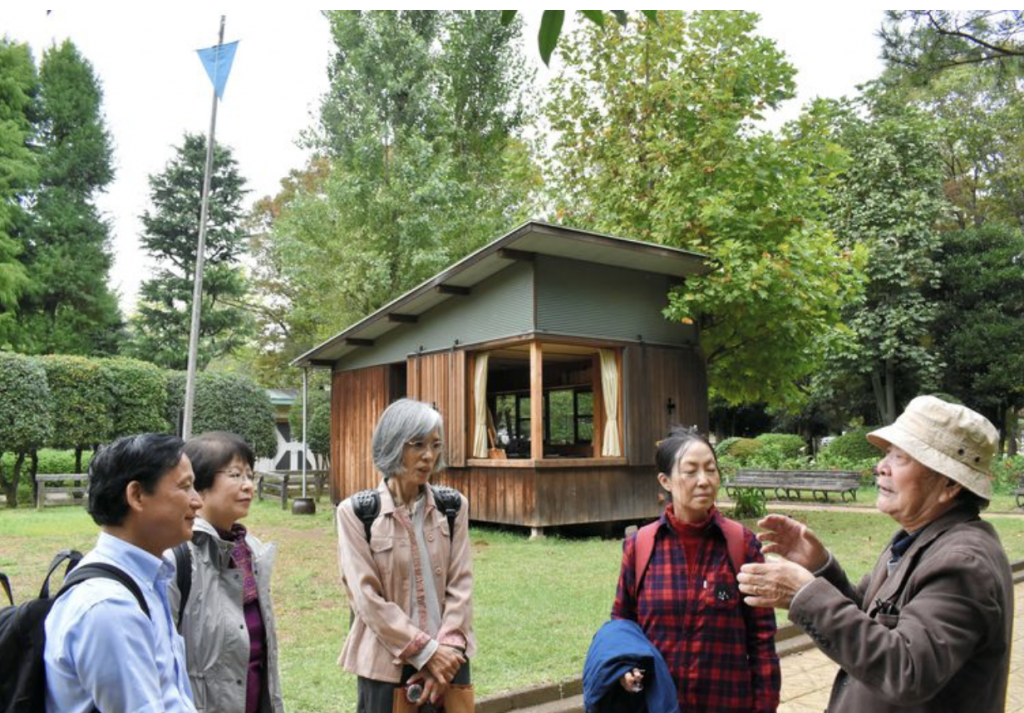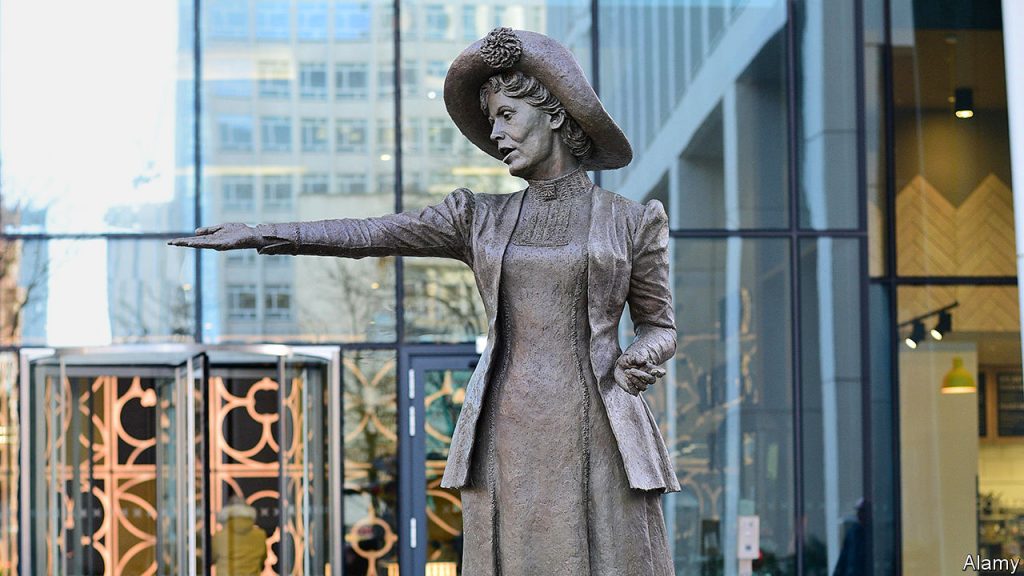Our final news roundup of the week takes a look at the poet’s dream house that was finally built after his death. We also look at the rise in statues in the UK with several dedicated to poets.
Poet’s Dream Home Built 65 Years After His Death

The poet Michiz Tachihara was not only a poet of the early Showa Era which ran from 1926 to 1989, but he was also a promising student of architecture which he studied at what was the Tokyo Imperial University (now University of Tokyo).
He dreamed of building a small cottage, just for himself, where he could spend the weekends. In fact, he even wrote a poem about it

He managed to find a potential plot on which the cottage should be built which was by a march near the city of Saitama in the Minami Ward. He drew numerous blueprints of the house and gave it a name “Haus Hyazinth” (Hyacinth house).
Unfortunately, the poet died at the age of just 24; he had tuberculosis, and so his dreams for the cottage never became a reality.
Both his name and his dream were mostly forgotten over the year until in 2004 a group of architects and writers, all living in Saitama, used his blueprints to build a cottage. This was funded by public donations.
In the 15 years since the cottage was completed, it has received a staggering 20,000 visitors, including many poets and aspiring architects.
29th March this year will mark the 80th anniversary of the poet’s death.
Statue Mania

As cities in the US pull down their statues, it would seem that here in the UK statues are seeing something of a revival. So much so that over the course of the past seven months there have been three statues erected to suffragettes, a statue to the novelist and poet Rudyard Kipling, a statue of a boy on a tree – representing the traumas suffered in war, and not one but two statues in honour of Wilfred Owen, the war poet. There are another couple of statues in the pipeline which are due to be erected shortly. One for the politician Margaret Thatcher and another to the comedian Victoria Wood. Business is booming for the foundries who are making these statues.
The driving force behind this sudden increase in statues seems to be a need to redress the balance and increase the number of statues of women; and of course, the centenary of the 1918 Act of Parliament which gave women the right to vote seems a good time to do this.
But there is more to it than that, the rise in the use of technology has made it much easier for people to put together petitions and get the necessary support for them. This is a huge factor in this rise in statues. The two statues of Wilfred Owen of course inspired by the centenary of the end of World War One.
The big question is now that we have seen this rise in statues begin, will it continue and if so who might we expect to see next?


You must register to comment. Log in or Register.